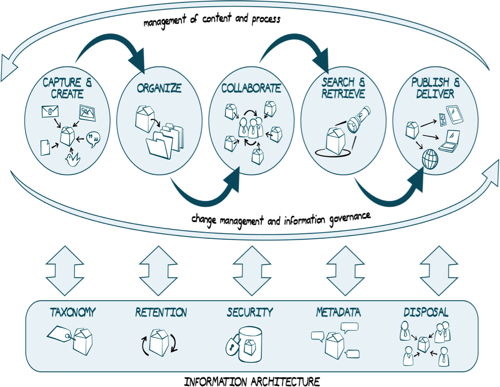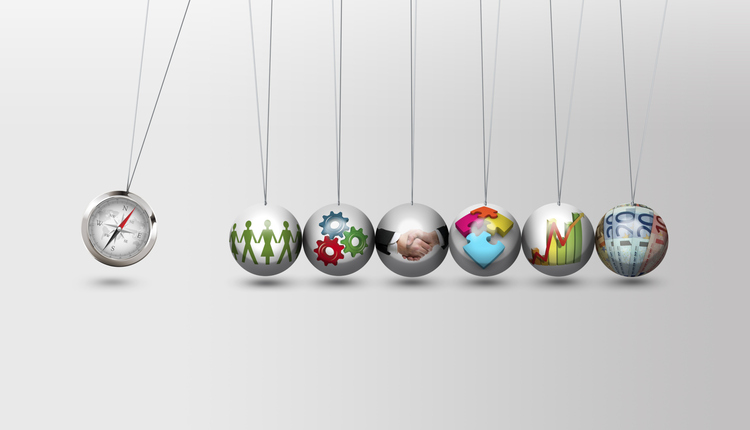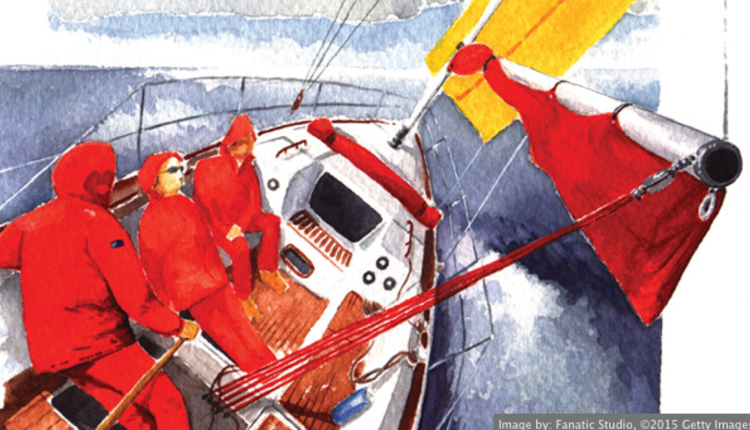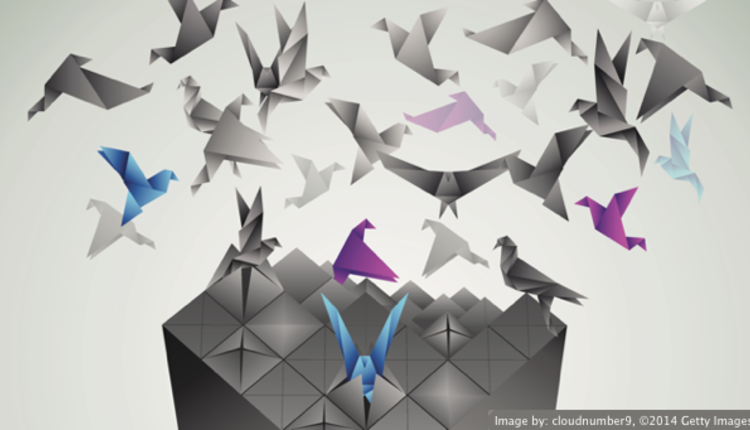For purposes of discussion in this article, the
term document is defined as "recorded information or an object which can be treated
as a unit." Document management, often referred to
as document management systems (DMS) or, more frequently these days, as electronic
document management (EDM), is the use of a computer system and software to
store, manage and track electronic documents, electronic images of paper-based
information captured through the use of a document scanner and even digital
photos, audio and video capture through various devices that may include
smartphones and tablets.
Based on this, let's now turn our
attention to an aspect of EDM that is often overlooked but certainly an
important element in establishing a strong environment to properly manage your
electronic documents and content—the life cycle. This is a term heard
frequently in relation to records and information in a broader sense, but when there
is talk about documents, few make the connection or relate a need. The diagram
shown here depicts how AIIM views the document/content management life cycle.
 |
Figure 1: Document Life Cycle |
To begin with, look at the core activities of
the life cycle by breaking it down into five elements or stages from an
information worker's perspective. These are:
- Capture & Create
- Organize
- Collaborate
- Search & Retrieve
- Publish and Deliver
As you look at these stages, also consider the
stakeholder and process related to these stages. How does the worker create the
information? Are there templates in place, or is each document written
independently? Is the document placed in a repository, a shared drive or
personal storage device? How are these documents organized and what method of
collaboration is used in the process? When the worker needs information, how do
they search for it and on what type of device, which will have an impact on how
it is published and delivered.
Supporting the life cycle stages is the information
architecture. I am not talking about technology in this case, though as a tool and part of the architectural infrastructure. What I am talking about
here focuses on the document and content itself. The information architecture
in this part of the discussion focuses on the following areas:
- Taxonomy
- Retention
- Security
- Metadata
- Disposal
I know you are probably thinking these are
related to records management, and while this is true, they are and should be
part of your overall information architecture that not only includes records
but also your documents and content. Not only do these enable and support the
information worker, they also address risk management issues. Documents and
content without value should not be present in your repositories while those
with value should be managed and shared. This now leads me to the remaining
parts of the life cycle encircling the core process: governance, change
management and process management. All three of these either impact and/or are
impacted by what we do, how we do it and the supporting elements discussed
earlier in this article. Governance ranging from project management to
information governance; process ranging from process improvement to process
automation and management; and change management ranging from IT to the human
element.
In my view, a well-planned and maintained EDM life cycle
program is one of those that not only helps an organization organize and maintain
control over its content, it provides strength and defensible ways to
minimize risk. Regulatory guidelines, litigation and audits all require that
content, like records, be managed properly. Your life cycle strategy should help
define content value, security requirements related to the complete document
life cycle from creation through disposition. If content has no value and you
are holding on to it for no legitimate reason, get rid of it. Documents you
have in hand are documents that can be discovered and potentially place you at
risk.
BOB LARRIVEE is an internationally recognized thought leader with
over 30 years of experience in document imaging, content management, records management, the application of advanced technologies and process
improvement. He is director of the AIIM Learning Center where he works to identify, develop and
deliver specialized training in best practices, technology and methodologies.
Mr. Larrivee can be reached at blarrivee@aiim.org.
Tweet













